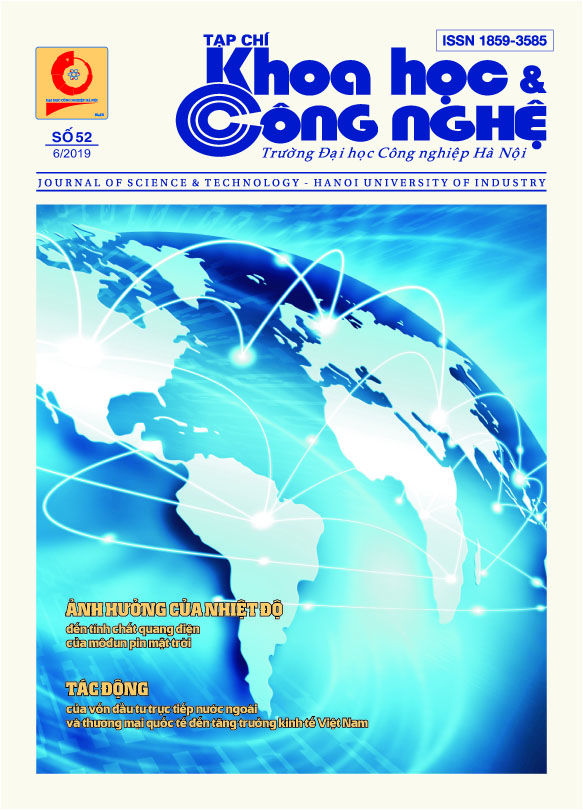STUDY ON THE HARVESTING METHODS OF CHLORELLA SOROKINIANA AND SCENEDESMUS ACUMINATUS CULTURED IN MUNICIPAL WASTEWATER
Abstract
Wastewater treatment technology using micro-algae is sustainable, because the algae consume the pollutants of carbon (CO2, HCO3-, and organic carbon), nitrogen, phosphorous as nutrients and sunlight as an energy to synthesize biomass and produce oxygen. Biomass can be applied in different industries, and it increases the value for the algae-based wastewater treatment technology. Harvesting algae after farming to achieve water with desirable quality is very important. However because of the size of only a few microns
(3-12 µm), the harvesting step is difficult and costly. Many studies show that the microalga biomass harvesting is accounted for up to 20-30% of the total cost of production of algae products. Research results with two strains of algae Chlorella sorokiniana and Scenedesmus acuminatus cultured in urban wastewater suggested that, coagulation/flocculation using PACl is a method achieving high harvesting efficiency (over 94%), fast, cheap and easy to apply. It is perfectly suited to integrate into the final step in wastewater treatment technology using micro-algae. The filtration method gave the average harvesting performance of 60-80%), while centrifugal yielded high performance (of over 95%), but energy consuming and only reasonably application for harvesting algae biomass used in food industry, cosmetics, and pharmaceutical products.

